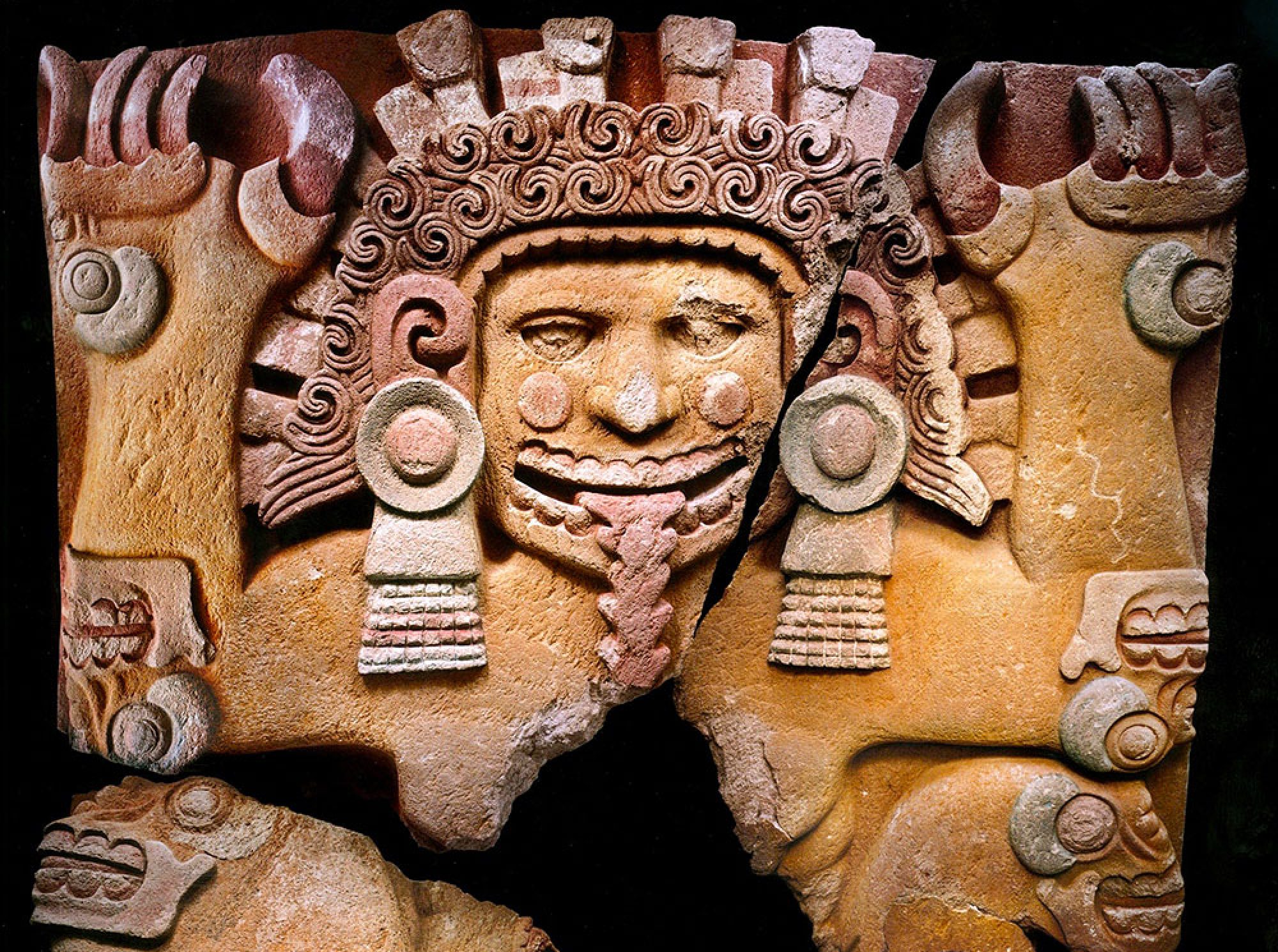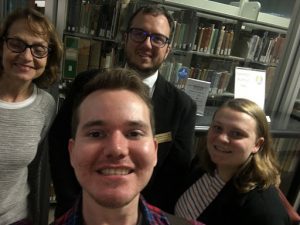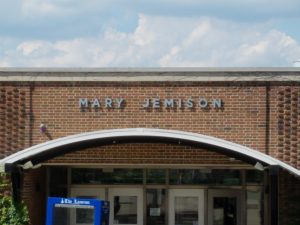The Seneca people are said to have emerged from a mountain by the Creator and were referred to as the People of the Great Hill. However, while the Haudenosaunee people agree that this statement about the Senecas is indeed true, they still use a similar creation myth as the rest of the Haudenosaunee members—the origin myth of sky woman (or Eagentci as the Seneca nation refers to her) and the twins good minded and evil minded. One important thing to note is that the Seneca’s creation myth has the Seneca people emerging from the land itself—similar to that of other Native tribes emergence pools myths—as opposed to being created from good minded twin. The Seneca nation consists of eight clans–Turtle, Bear, Wolf, Beaver, Snipe, Heron, Deer and Hawk–and are known as the Keepers of the Western Door given their nation’s location in accordance with the rest of the Haudenosaunee nations.
I discovered a great video on youtube that was produced by the Seneca Nation Education Department Summer Program as a cultural initiative in 1993 that does a very solid job of sharing the story of Sky Woman. It isn’t the best quality given the year it was produced, but the story is a lot more interesting through this medium than anything I could transpose into written words. So I am leaving a link to the video for anyone who is interested and may not already be familiar with the story of Sky Woman and the turtle’s back.
Video: https://www.youtube.com/watch?v=_N7VfFaF4Rc
Sources: https://sni.org/culture/



